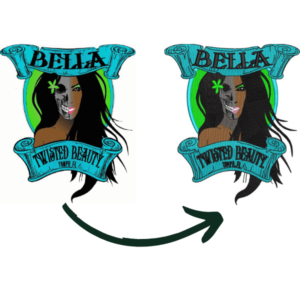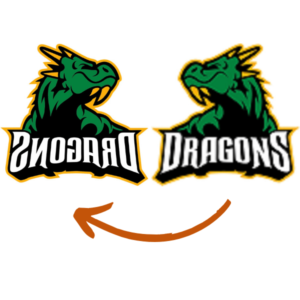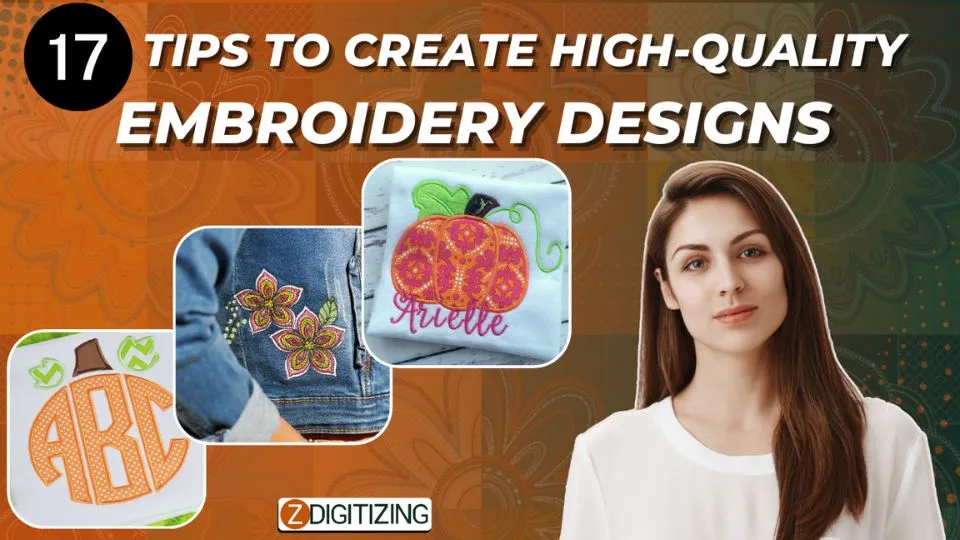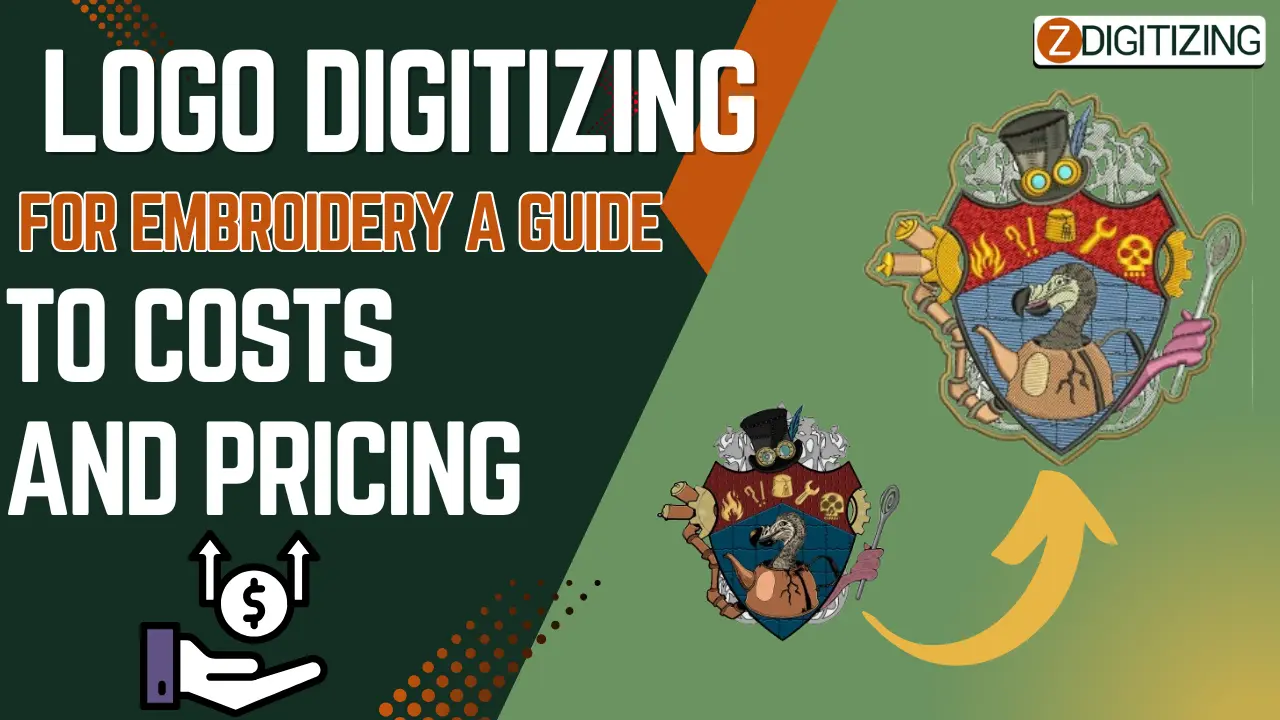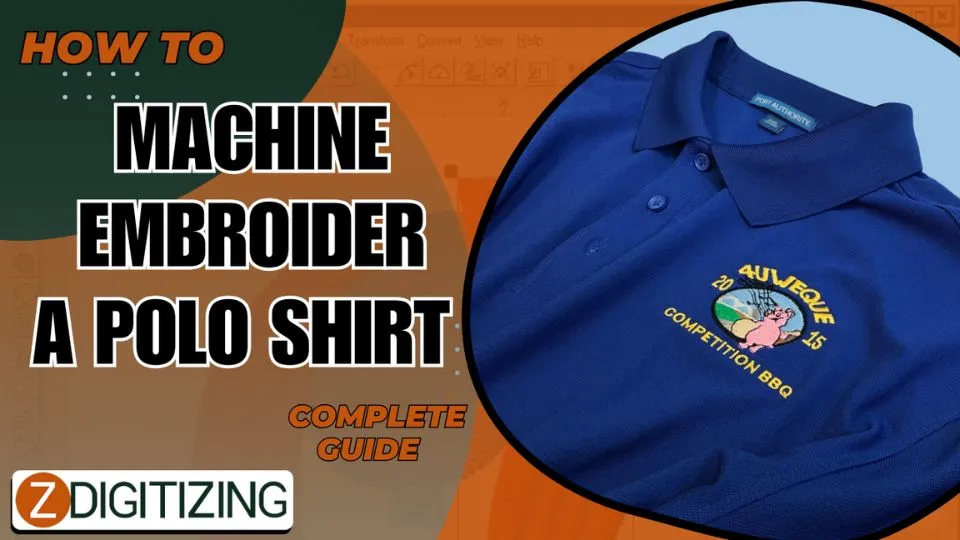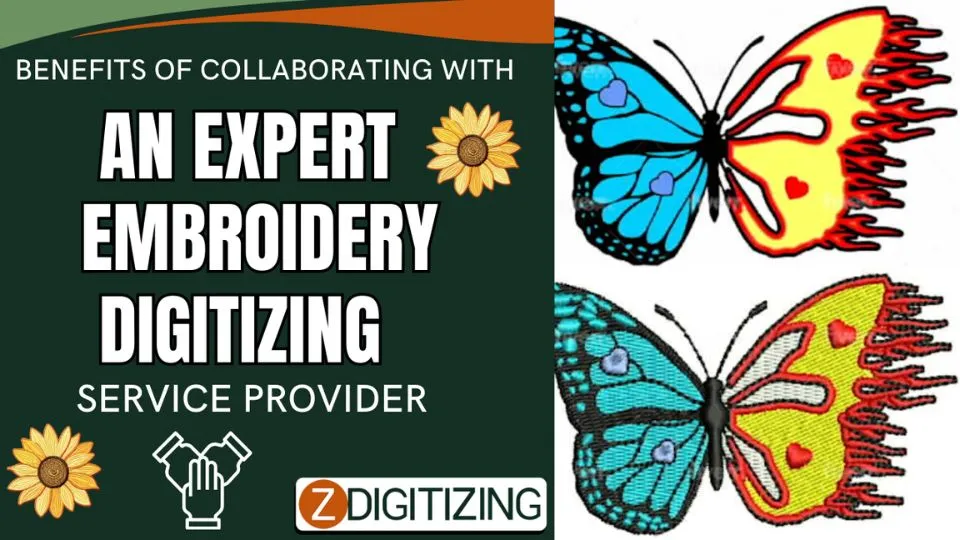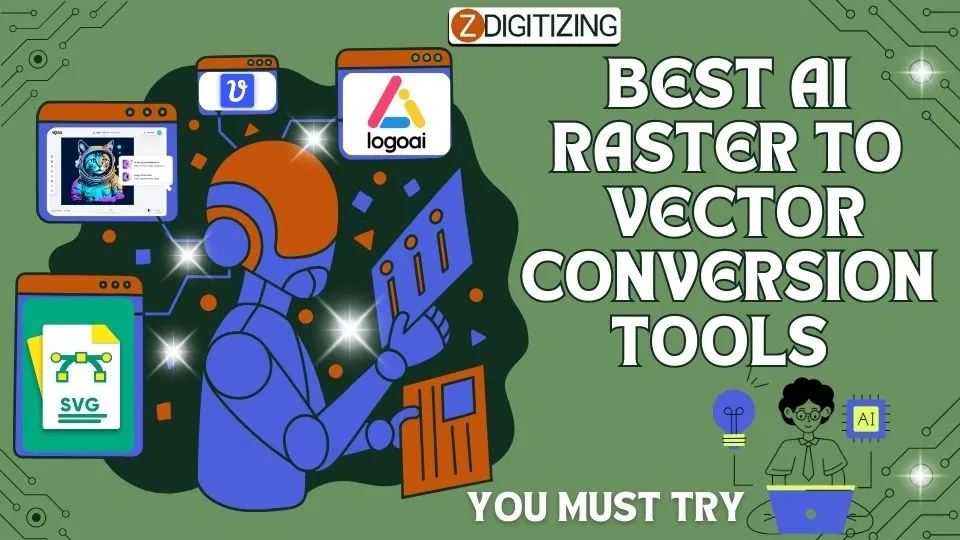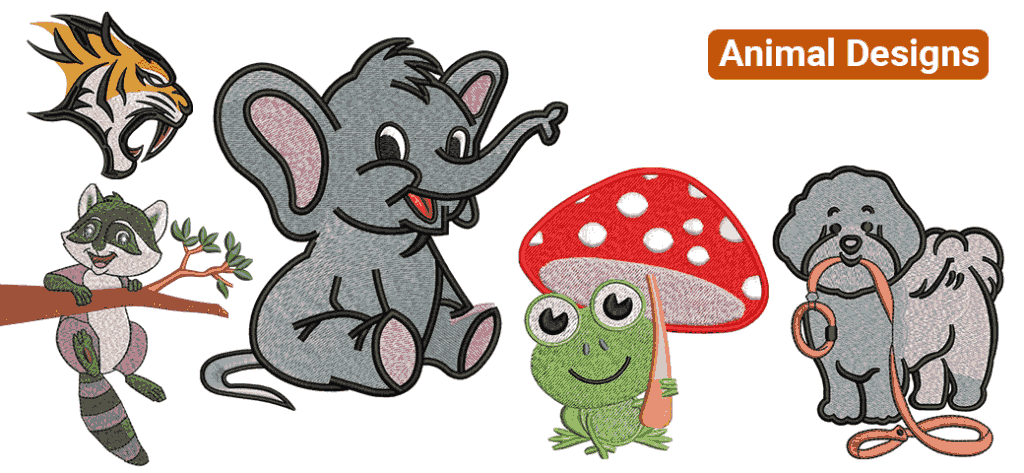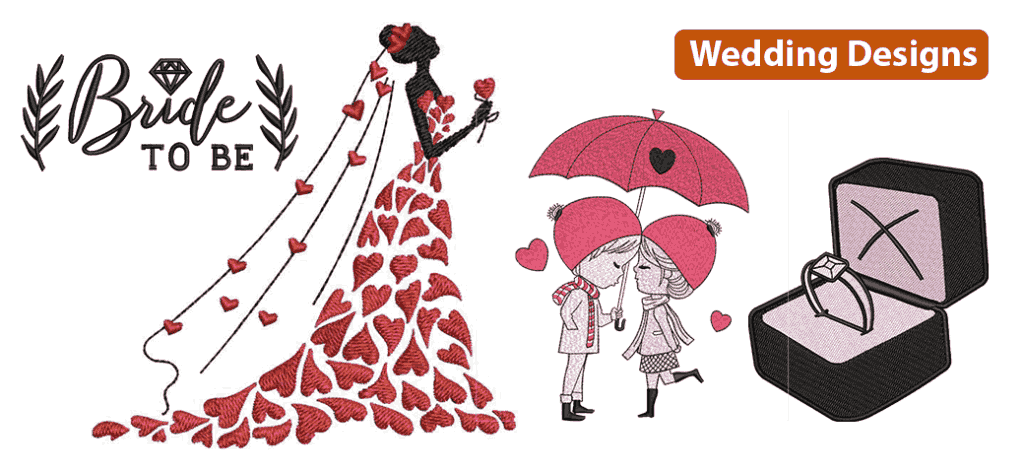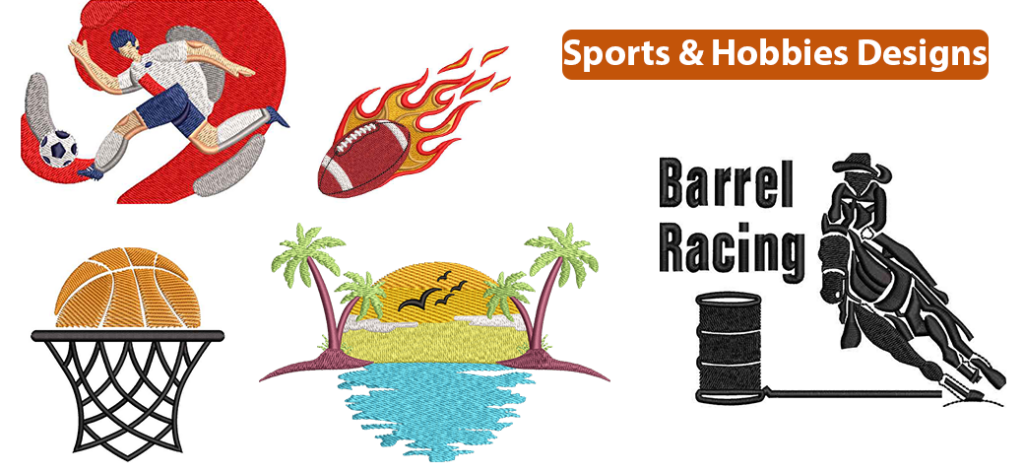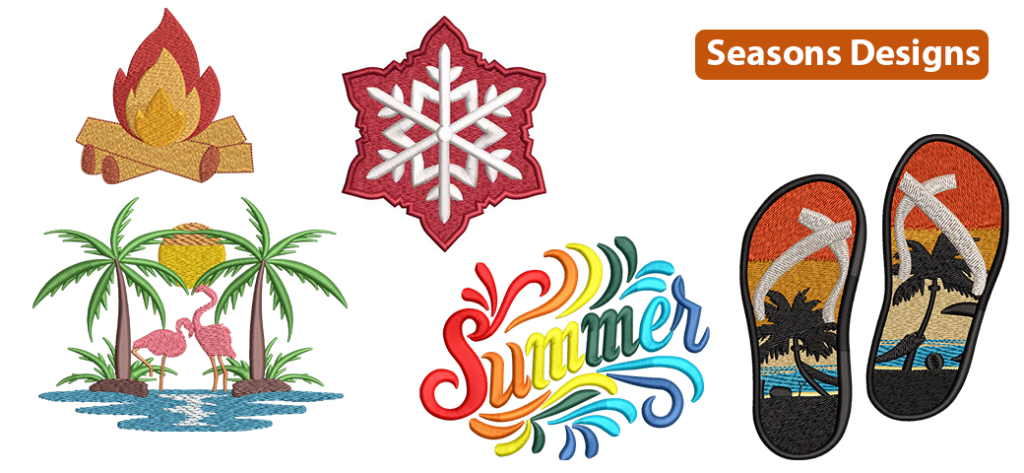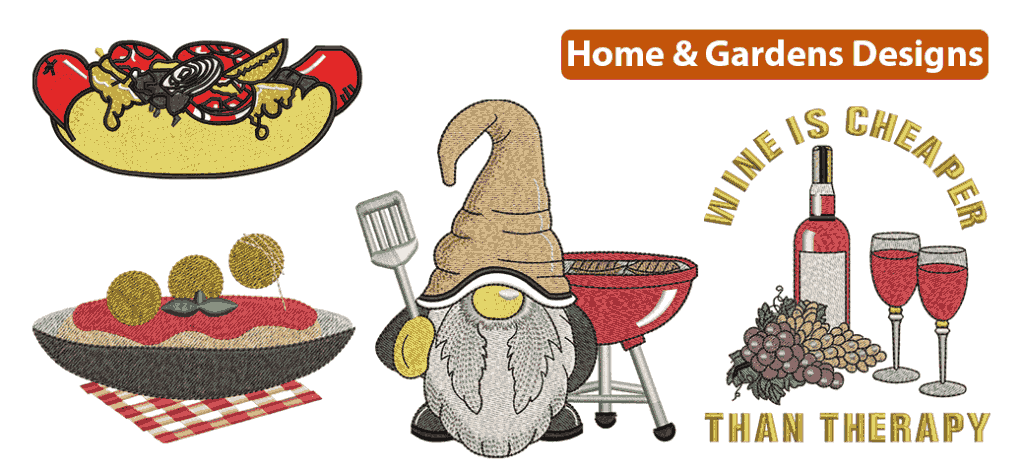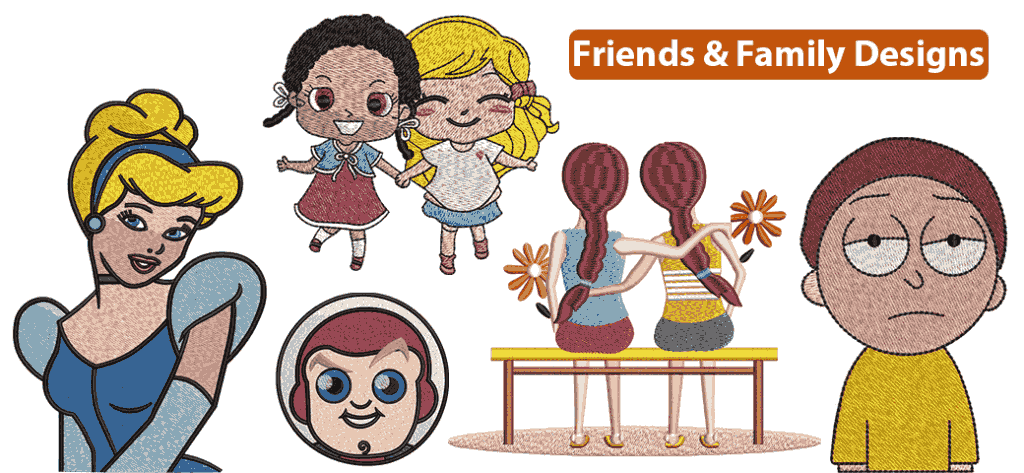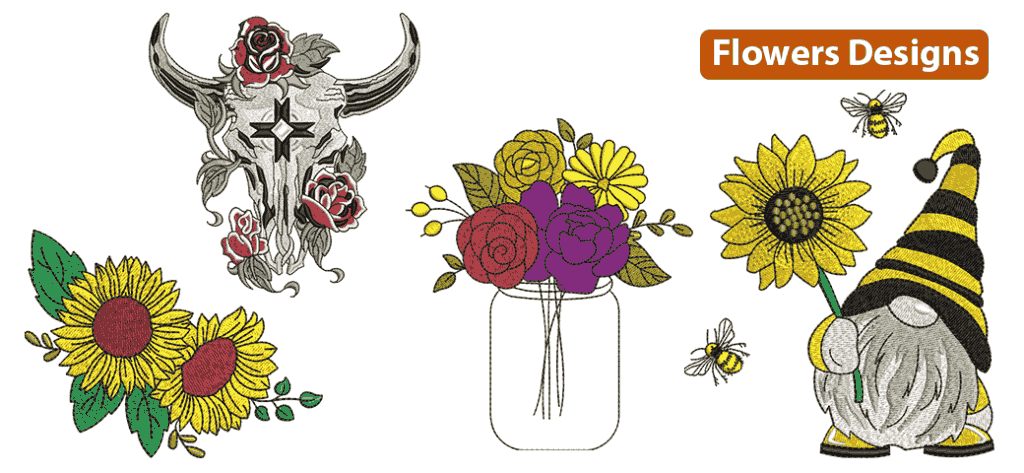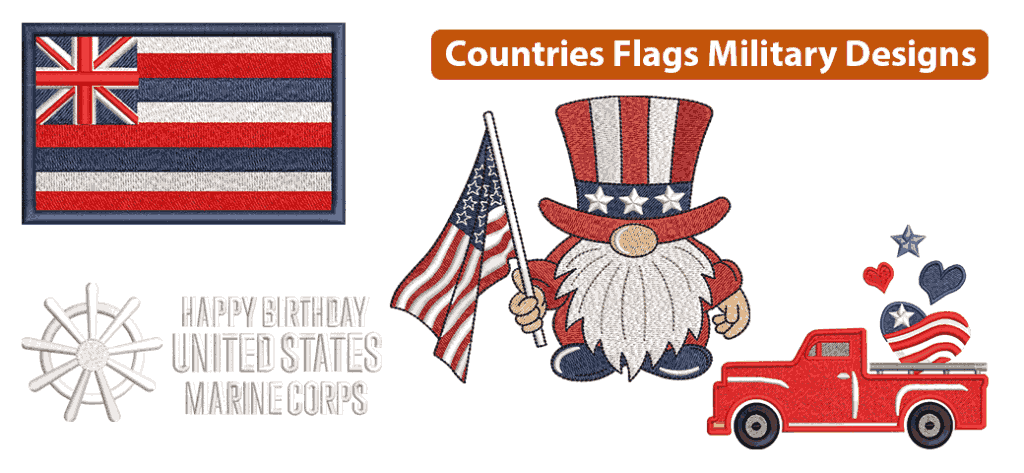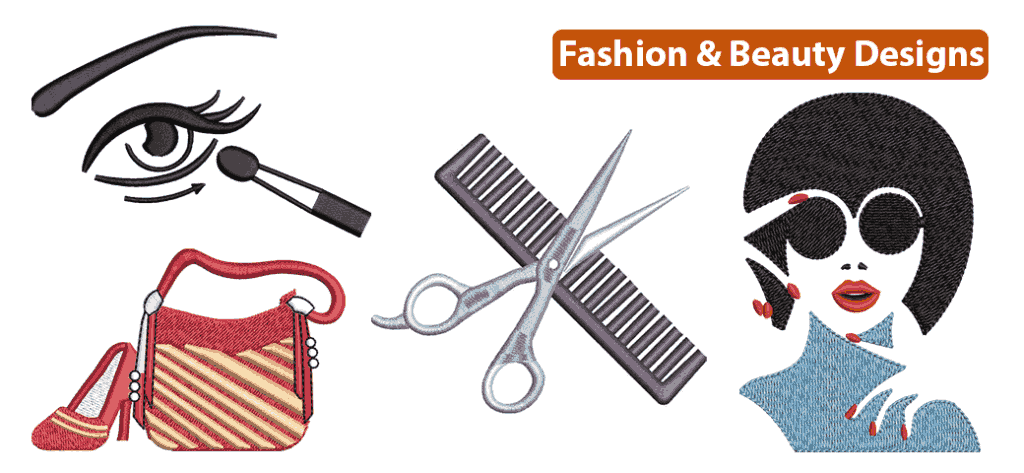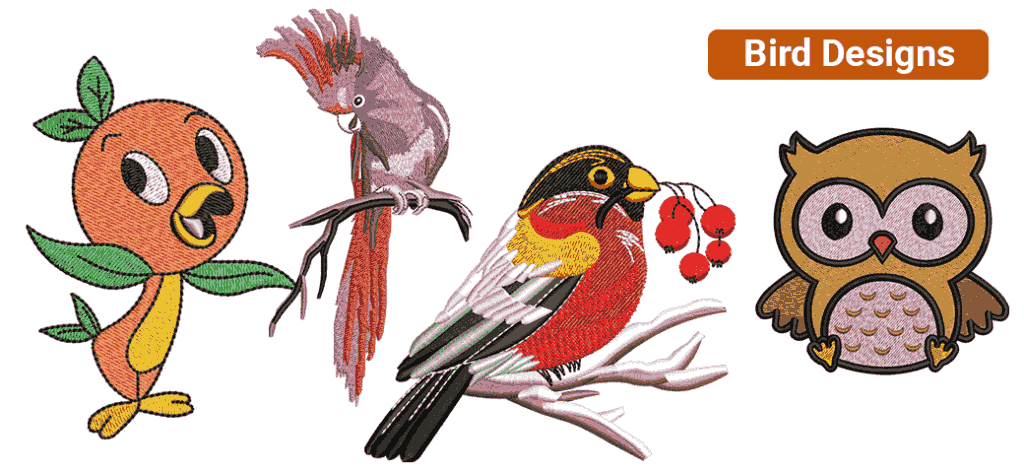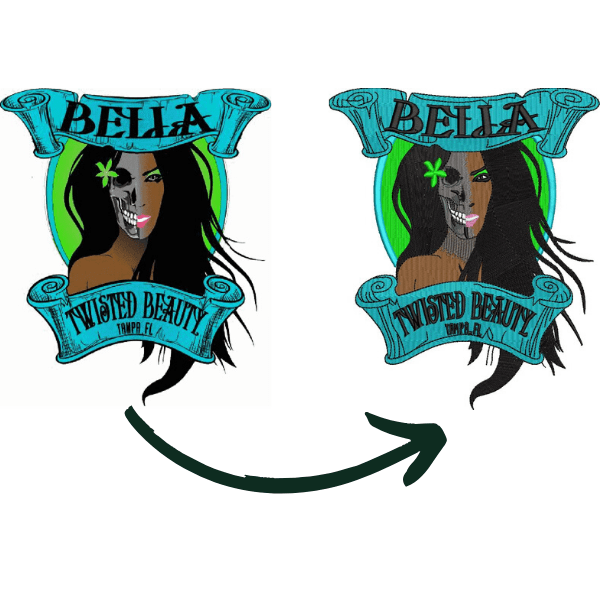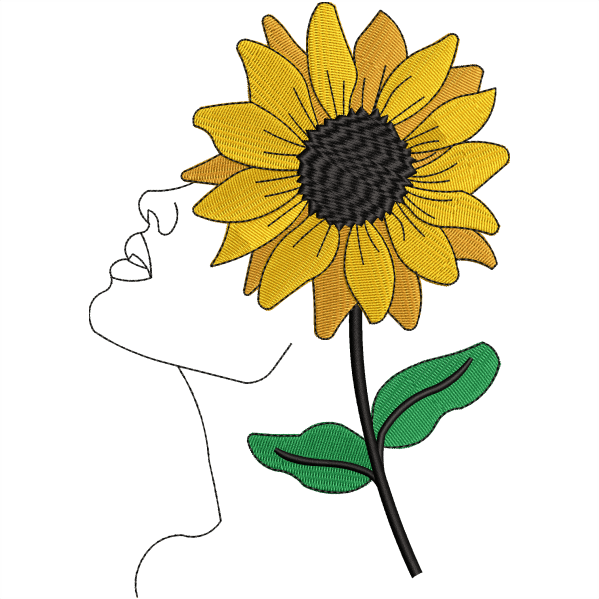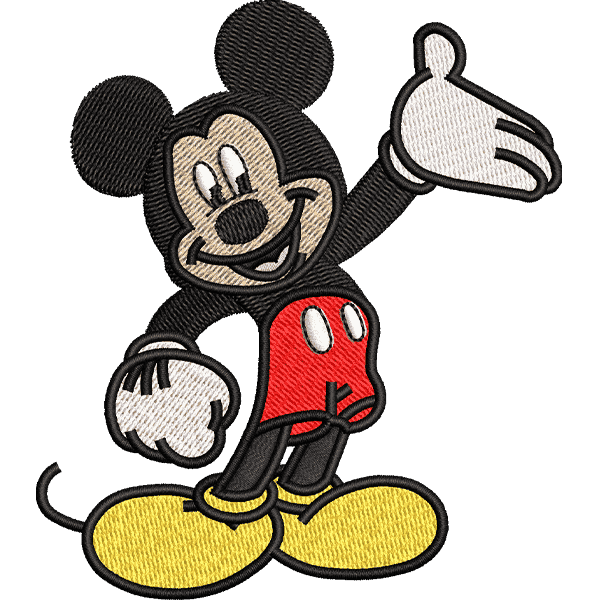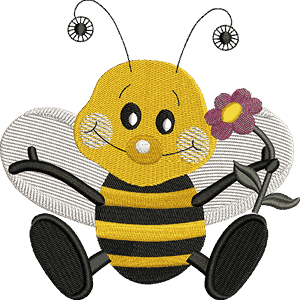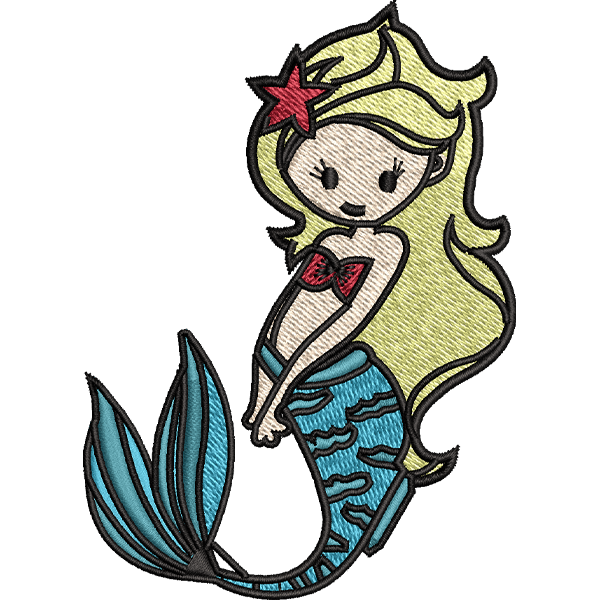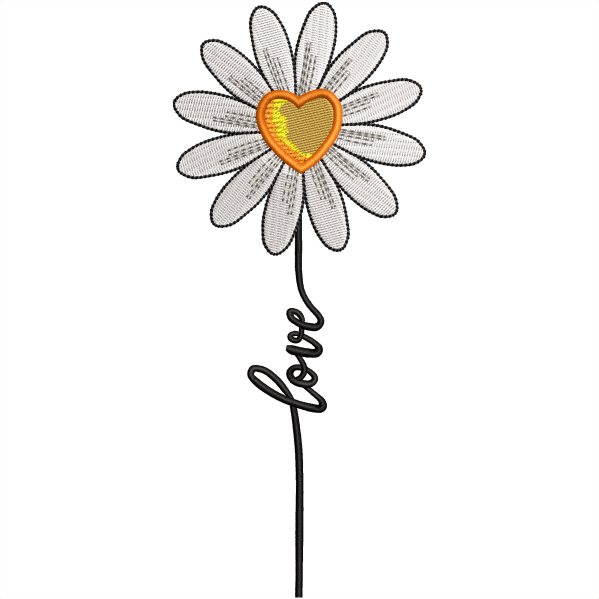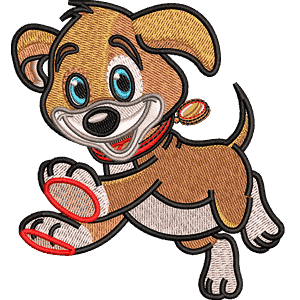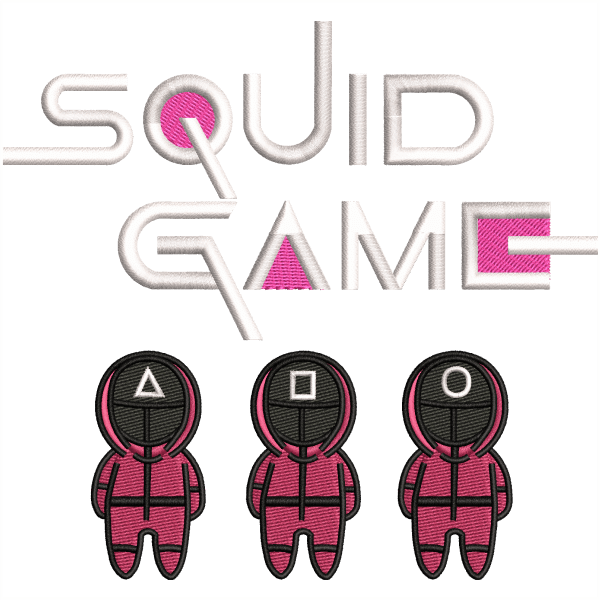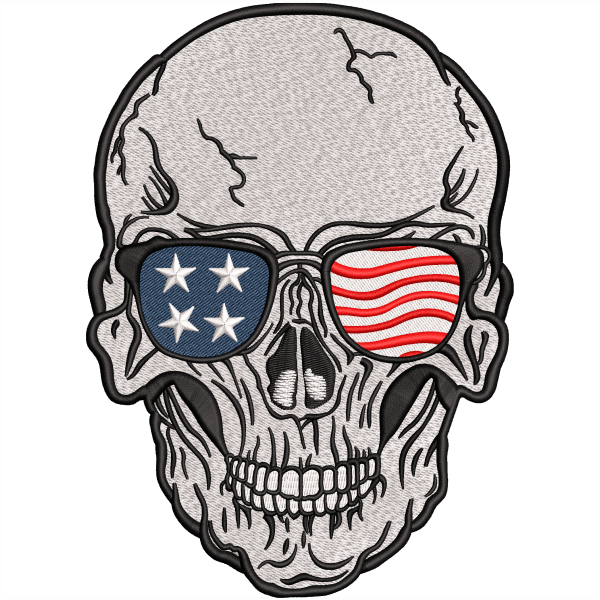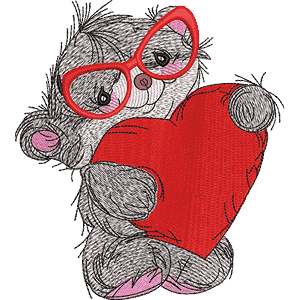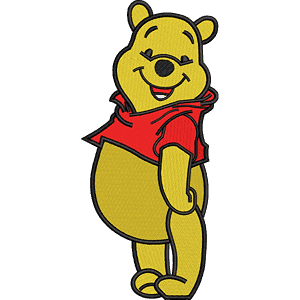10 Most Helpful Embroidery Business Tools You Need To Know
Ready for the embroidery to start? But what is it that you simply require for doing embroidery work? Using the helpful embroidery business tools for the project is essential, and so is performance.helpful embroidery business tools
Embroidery Business Tools are by far the most critical things for any craft. You’ll require a few things. The essential you need to complete the embroidery projects are the necessary lists.
10 most helpful embroidery business tools you need to know
Embroidery is a method of embellishing cloth by hand or machine with designs made of thread or floss. Most people start with basic kits to learn the stitches types and create original designs for home, embroidery accessories, and clothing.
If you’ve ever struggled with machine embroidery, you might not have the correct tools to complete your project effectively. Embroidery tools and accessories make embroidery on a wide range of products quicker and faster, correct errors, and even prevent errors.
Embroidery is lovely. It is soothing, healing, and a cure for the troubled mind. The art of embroidery has survived the time test, posing itself as a hobby that is easy to learn and budget-friendly. If you’re going to take this ancient craft, you’re going to need a few essential embroidery tools to get you going.
Following are some helpful embroidery business tools you will want and need: –
Embroidery Digitizing
&
Vector Art Services
Are you looking for embroidery digitizing and vector art services at low cost with superfast turnaround, guaranteed quality and preview before pay? So, you are at right place. We can digitize and vectorize any type of artwork in your required file format.
1.Embroidery Needles:
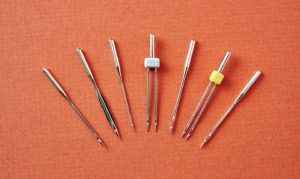
Needle is the 1st most important tool in our helpful embroidery business tools list Any needle can draw a piece of best thread through the cloth, but individual styles do a better job. Using the right Needle for a job will make embroidery less difficult for newbies and make it much more likely to produce better results.
There are three types of Needle used for embroidery clothes.
- Crewel Needle
- Tapestry Needle
- Milliner’s Needle
1.Crewel Needle:
- Length 4-5 cm
- Long eye and sharp point
- Used for threading thick yarns
The eyes of the crewel needle would handle larger threads of embroidery, and a sharp tip is required to force the Needle through dense layers of yarn and cloth.
Since you will also place stitches right on top of each other and your thread will be tightly packed and woven, you’ll need to buy needles that are sharp enough to penetrate the other lines without getting stuck or causing harm.
2.Tapestry Needle:
A tapestry needle is a long eye needle that can take thick or multi-stranded threads in embroidery. This type of Needle is generally about 4-6 cm in length and slightly thicker at the end of the eye to prevent the thread from rubbing and wearing when in use.
The most widely used cross stitch needles sizes are 24 and 26, while needles are available in sizes 20, 22, 24, 26, and 28. Use only one strand of stranded cotton (floss) when using size 28, so the eye is very delicate and can split.
Milliner's Needle:
Milliner’s needles are sometimes referred to as straw needles and are used for cap embroidery making traditionally.
The following are the features of Miliner’s needle:
- Round eyes
- Used in pleating and fancy decorative needlework
Generally, the needles class is longer than the sharp ones, useful for wrapping and binding, commonly used in milling.
2.Embroidery Scissors:
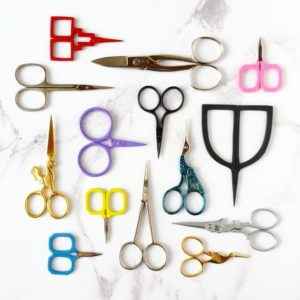
Scissor is very common but 2nd most important tool in our helpful embroidery business tools list. Embroidery scissors vary from standard art scissors. They have smaller, generally thinner blades that are incredibly sharp and usually reach a significantly tipped point. Most of them are about 3.5 to 4 “tall, with blades that range from 1 to 2.5” tall. The primary reason to use them; they can get close to the ground fabric to cut the threads cleanly.
3.Hoops And Frames:
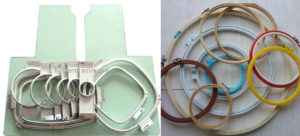
Hoops and frames are 3rd most important tool in our helpful embroidery business tools list. The hoop consists of two rings, and the fabric is stretched between the circles and secured with a screw. They are the most widely used stretching tool. when embroidering, be it by hand or machine.
You’re going to get wooden ones and plastic ones. A 4′′ hoop is enough for small embroidery designs, but it’s more versatile for you if you have it in various sizes.
The embroidery hoop that spreads the fabric properly is available in several sizes. In hand embroidery, we use a circular hoop where, as in machine embroidery, a rectangular-shaped hoop is often used.
Tip! Would you like to know about magnetic embroidery hoops ?
4.Tape Measure:
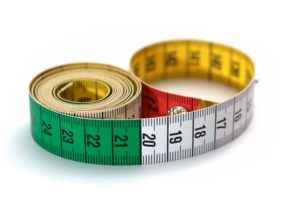
Tape is also very common but 4th most important tool in our helpful embroidery business tools list. A measurement tape is usually 60 inches long for measuring the body, which is approximately 1.5 meters. It is a good idea to have a tape measure on hand so you can measure the work you’ve completed, and this tool can take the place of a rigid ruler if you’re nervous about how easy it’s going to be to read.
5.Light And Magnification:
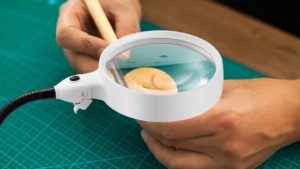
As it can be very hard to see what you are working on, especially if your eyesight fails or you are working in very dim light, buying in a pair of magnifiers is a good idea. Good lighting is essential for transferring embroidery designs. A magnifier will help you enjoy needlework without straining your eyes.
6.Tracing Paper:
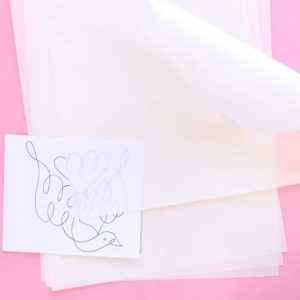
The first step towards beautiful embroidery is to move embroidery patterns onto the cloth. Lightweight tissue or tracing paper marked with your pattern is used in the tracing paper transfer process of marking an embroidery design on cloth, often referred to as thread tracing.
Without directly having marks on the fabric, it is a perfect way of passing a pattern to fabric, having it well suited for use on delicate or non-washable fabrics. Find your pattern for the embroidery, copy it to your fabric and start your task.
7.Thimble:
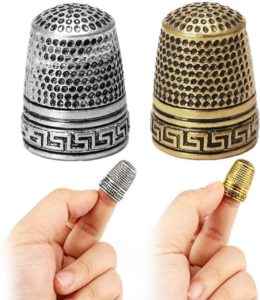
A thimble is used to force the needle into the cotton by wearing it on the tip of your finger and also using it to help push the needle. It keeps your fingers safe from pinching needles and preventing blood from staining on the embroidery.
8.Embroidery Thread:
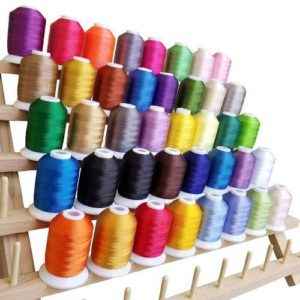
When it comes to embroidery thread, there is a wide range of options to design. Choose the kind that fits your project and your fabric the most. Wool, linen, silk, cotton thread, roller embroidery machine, and packages of hand embroidery; whatever thread we use, make sure it is comfortable and durable.
9.Embroidery Eraser:
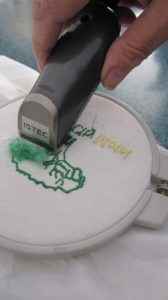
This electric instrument looks and is used in much the same way as a pair of clippers. If you want to remove vast areas of your embroidery or even start entirely, you can use this tool to cut all your threads at once.
10.Pin Cushion:
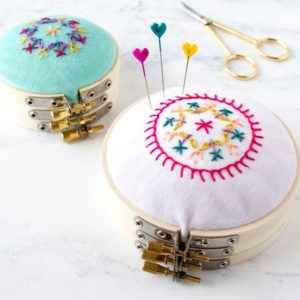
Pincushions are usually packed tightly with stuffing to keep pins in place.
Features of pincushion:
- Keeps pins and needles close at hand
- Thin, stuffed cushion
- Used to sew pins
Conclusion:
Tools vary in huge amounts; in this article, the most helpful embroidery business tools are discussed. During the embroidering process, all of these outstanding instruments serve a function. So, you may not need each one for every single project, getting it on hand is helpful, just in case you do!
Hope it was helpful for you guys if there any question or you want to read more embroidery business-related articles visit the blog
Do you Need digitizing service for your embroidery machine, With a super-fast turnaround and excellent quality?

